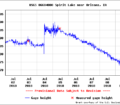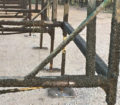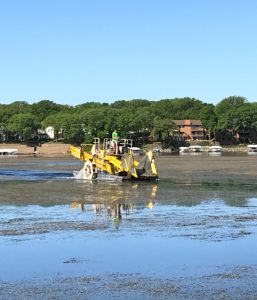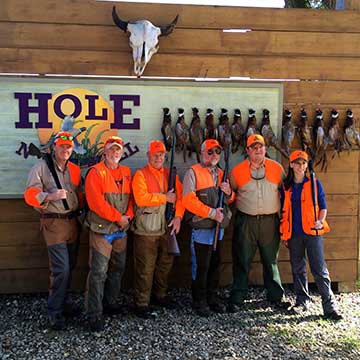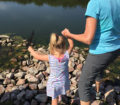By Steve Weisman
With all of the rainfall over the past three weeks or so, the topic of curlyleaf pondweed has kind of taken a back seat. However, as we enter the month of July, it is a good time to reflect on the results of the 2018 curlyleaf pondweed treatment and harvesting process.
First off, the weed itself seems to have run its course for the season and mechanical harvesting ended on June 9, because the curlyleaf was beginning to “lay down.” According to Mike Hawkins, DNR fisheries biologist, this year’s crazy spring weather also affected the growth of the curlyleaf pondweed. Its yearly life cycle actually ended earlier than in recent years.
However, he noted that for weather to really make a difference in curlyleaf, we need to have early ice and snow cover. This has not happened for several years. He did not that where the treatment of Aquathol K occurred at the north end of East Okoboji a diverse group of native aquatic vegetation was able to grow.
Terry Wilts, secretary of the East Okoboji Lakes Improvement Corporation and a leader in facilitating the work, shared facts of about this year’s process.
The application of Aquathol K on 10 acres at the north end of East Okoboji and in Lower Gar occurred on May 9 and went well. However, the application on the west side of East Okoboji did not perform as well as other parts of the treatment area. According to Hawkins, this might have been because the plant was not as active there, so it might have been a few days early. Again, this might also have to do with the late ice out and unusual spring weather pattern we had.
According to Wilts, mechanical harvesting initially began on May 13, but it was halted until May 16 to get more weeds closer to the surface.
During the 3½ weeks of mechanical harvesting, 321 loads of cut curlyleaf were transferred to shore with 200 cubic feet per load. The weight of the harvested (wet) curlyleaf was 15 pounds per cubic feet. This led to a total of 963,000 pounds of wet weight!
In all, more than 41 acres of boat lanes were cut with all of the curlyleaf hauled to shore and taken to a DNR approved dumpsite. Once the dumped curlyleaf has dried out, at least 80 percent will be ground up and mixed in a compost for use on gardens, etc.
Electric barrier update
The electric fish barrier has been protecting the Iowa Great Lakes at the Lower Gar Outlet from the invasive Asian carp since early 2013. A temporary barrier had been put in place after heavy rains in the summer of 2011 had allowed some of the Asian carp to enter the system.
It is especially during high water conditions that this barrier is extremely critical. During these high water times, the electric output is increased to deter fish from coming into the system.
In late June, a 40-pound bighead carp was shot by a bow fisherman in Lower Gar. That is one huge fish. Right away the concern was that the barrier was not working and the Asian carp were coming into the Iowa Great Lakes.
In visiting with Hawkins, he said that they will continually be monitoring the electric barrier. As a matter of fact, DNR personnel spent a 70-minute time period electro fishing the stream below the electric barrier and found no signs of Asian carp in the area.
As for the 40 pounder caught, Hawkins believes it was most like one of the Asian carp that entered the Iowa Great Lakes in 2011.

